Home security is a top concern for homeowners, and installing surveillance cameras is an effective way to protect your property and loved ones. However, before investing in a surveillance system, there are a few key considerations to keep in mind. Here are the top three things homeowners should consider when installing surveillance cameras.
Location and Coverage
The location and coverage of your surveillance cameras are crucial factors to consider when installing a home surveillance system. You want to make sure that you cover all entry points to your property, such as doors, windows, and garages. Additionally, you may want to consider installing cameras in high-traffic areas such as hallways, living rooms, and kitchens.
When determining the location and coverage of your surveillance cameras, consider the camera's field of view, which is the area the camera can capture. You may need to install multiple cameras to cover all the areas you want to monitor. Make sure to place cameras out of reach of potential intruders but still in a position where they can capture clear footage. You may also want to consider installing cameras with night vision capabilities for low-light areas.
Cost: The cost of installing surveillance cameras in a home can vary widely depending on the number of cameras, features, and complexity of the installation. The average cost of a basic four-camera surveillance system is around $500 to $1,000, while a high-end system with advanced features can cost upwards of $2,000.
Type of Camera
There are several types of surveillance cameras available in the market, and each has its own advantages and disadvantages. The two most popular types of cameras for home surveillance are wired and wireless cameras.
Wired cameras are typically more reliable than wireless cameras and provide better image quality. However, they can be more challenging to install as they require running cables through walls and ceilings. Wireless cameras, on the other hand, are easier to install and can be placed almost anywhere. They use Wi-Fi or cellular networks to transmit footage, and you can access it remotely through a mobile app or web browser.
When choosing the type of camera for your surveillance system, consider the location of the camera, the type of footage you want to capture, and your budget.
Cost: The cost of wired and wireless cameras varies widely. Wired cameras are generally more expensive, with prices ranging from $100 to $500 per camera, while wireless cameras range from $50 to $300 per camera.
Storage
The amount of storage available for your surveillance footage is an important consideration when installing a home surveillance system. You want to make sure that you have enough storage to capture footage continuously or at least for a few days in case you need to review it later.
When choosing storage for your surveillance footage, you can choose between cloud storage and local storage. Cloud storage allows you to store footage remotely on a server, while local storage stores footage on a hard drive or SD card. Cloud storage is typically more convenient as you can access your footage remotely from anywhere with an internet connection. However, it can be more expensive than local storage.
Cost: The cost of storage depends on the type of storage you choose and the amount of storage you need. Cloud storage typically costs between $10 to $30 per month, while local storage can range from $50 to $150 for a 1TB hard drive.
Conclusion Installing a home surveillance system can provide peace of mind and protect your property from theft and vandalism. By considering the location and coverage of your cameras, the type of camera, and the storage options available, you can choose a system that meets your needs and fits your budget.
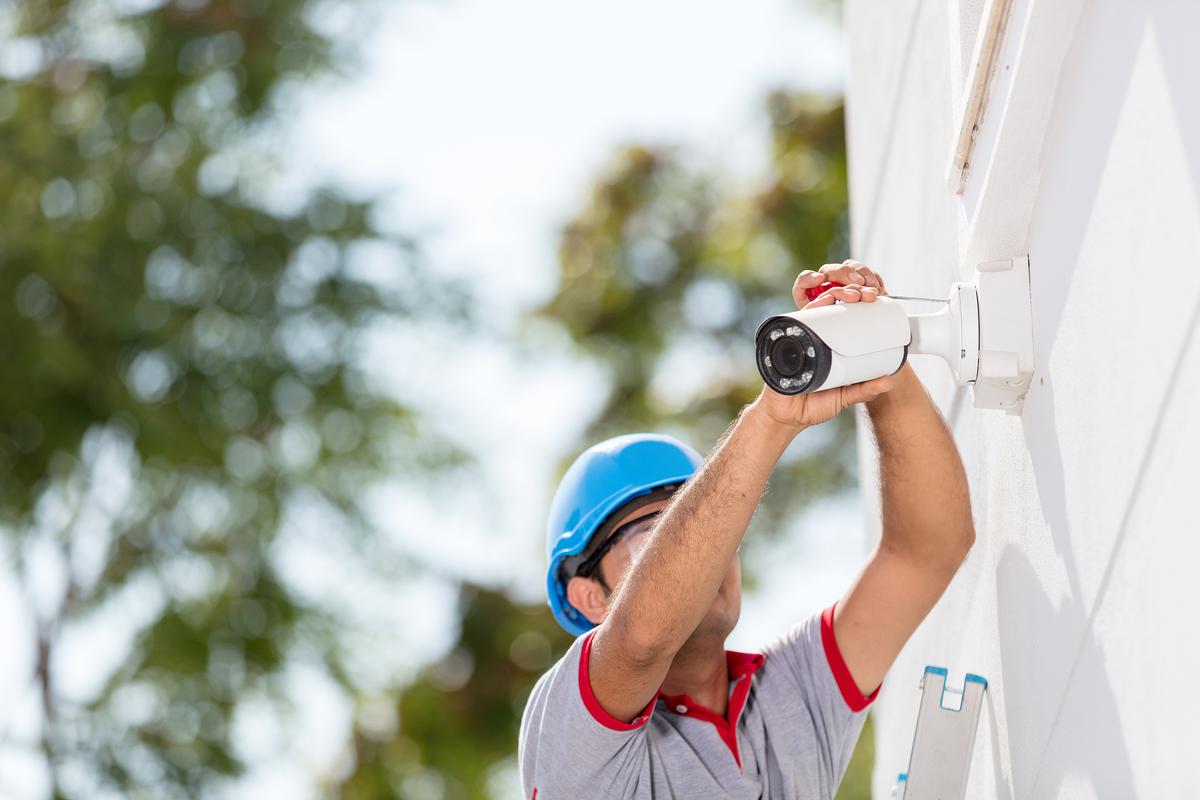

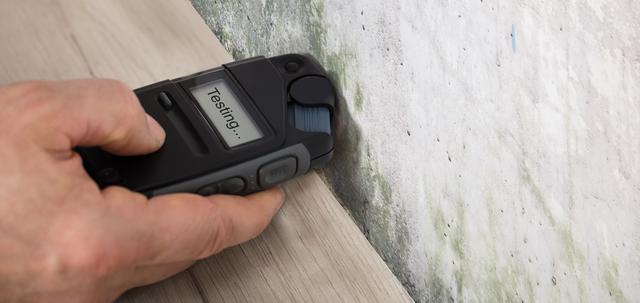
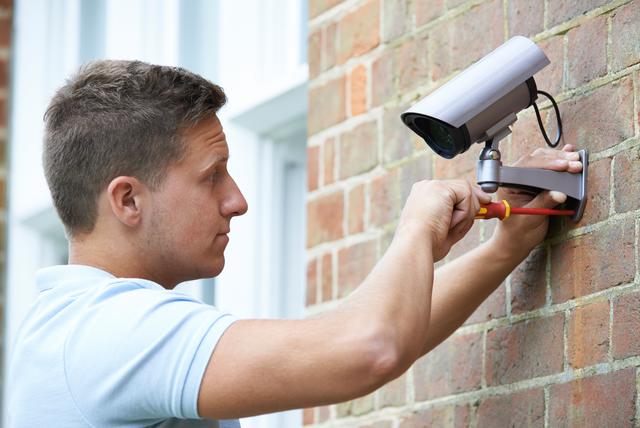
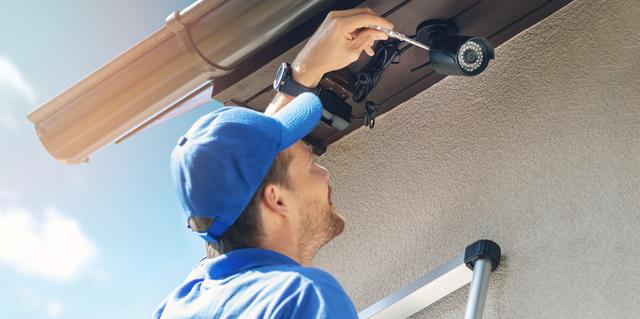
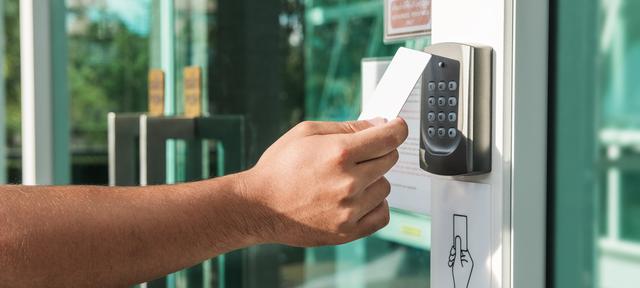
comments